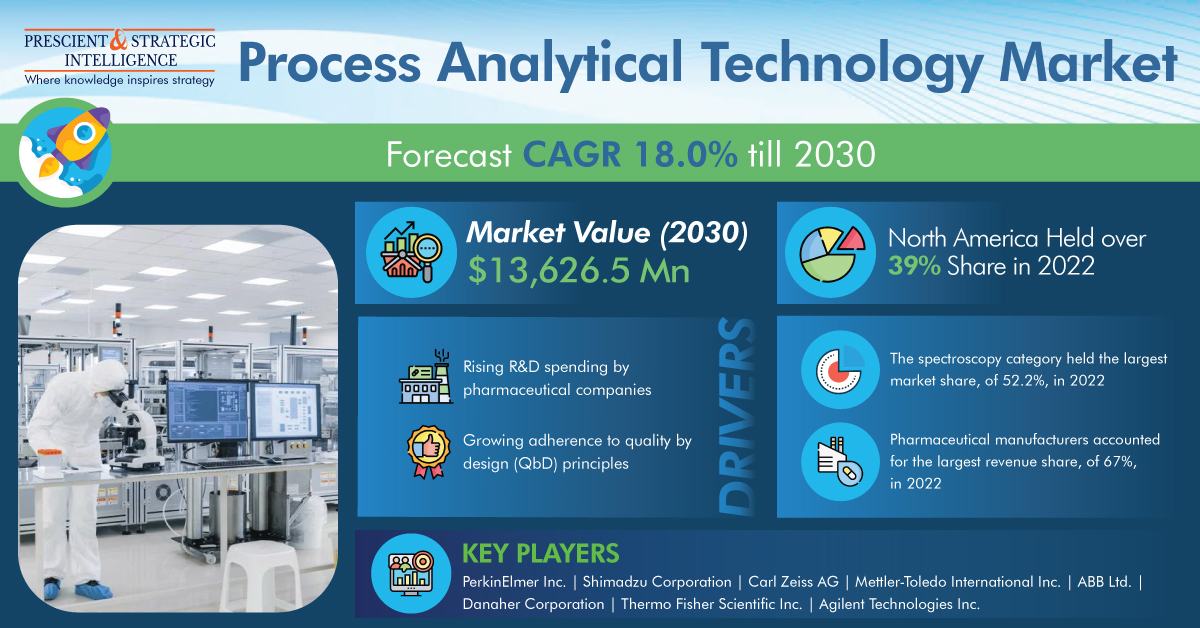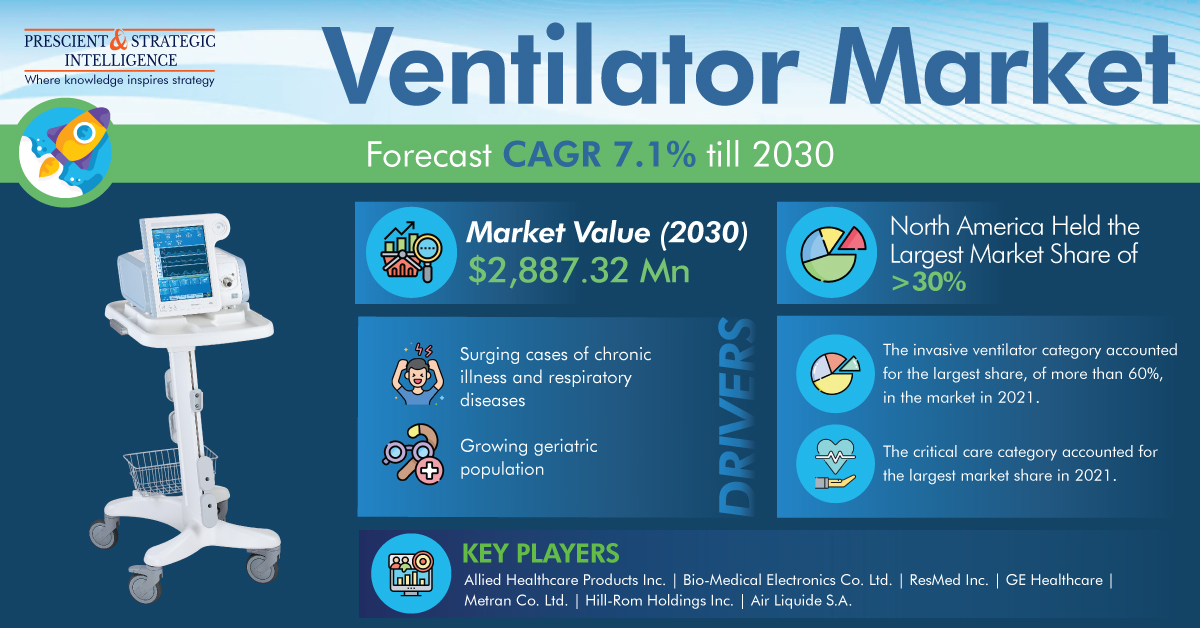The shifting consumer requirements are responsible for businesses to offer last-mile delivery of products. Be it the residence or retail store, the endpoint should be reached quickly, with the aim of having happy customers. It is also the most expensive phase of the entire journey of a product from the passage hub to its final destination; thus, the requirement for the optimization of resources is being focused upon by shippers as well as retailers and manufacturers.
When an order is placed by a customer on a web browser or mobile application, it connects with the server of the retailer or e-commerce company. The order is then processed by a centralized management system, which confirms if the stock of a certain product is available and offers the customer the option to make an online payment for the shipment asked for. It then directs the concerned warehouse to dispatch the shipment to the consumer. At this point, the role of the last-mile delivery begins. The transporter directs an agent for the collection of the purchased product from the company’s warehouse and delivers it to the customer’s doorstep.
Role of Last-Mile Delivery in Easing Lives during Pandemic
- With the outbreak of the pandemic, when people were confined to the four walls of the house and not able to take a foot out, they had little choice but to order food and other stuff online. Businesses with delivery systems saw the opening and added capacity, extended the timings of delivery, and even branched out into more products. Businesses that did not possess their own delivery system banked on third-party delivery services as the main channel to reach the doorstep of customers.
- Food delivery platforms Zomato and Swiggy are making significant investments to transform grocery delivery. While Swiggy has invested $700 million to grow its express delivery Instmart, Zomato focusing on acquiring a 10-minute grocery delivery start-up Blinkit.
- The focus that shifted toward safety during the pandemic will not suddenly disappear in thin air. Some facets of the alteration in priorities of the consumers from ease to safety and from desires to basic needs may persist.
Use of Autonomous Vehicles Is Rising
To gratify clients who want to buy products online, without any intrusion, the number of delivery vehicles in the leading 100 cities around the globe will rise by 36% by 2030. The adoption of self-driving vehicles is likely to drive a major alteration in the last-mile delivery model. Artificial intelligence is important for autonomous driving systems as it allows consistent and instantaneous recognition of things that are present in their vicinity. The autonomous driving expertise will let to a radical drop in the delivery cost, thus prompting added growth in the volume of e-commerce orders. Novel vehicles and logistics structures are likely to evolve even further in the coming years.
Delivery Partners Easing the Way
Presently, the overall spectrum of urban commercial delivery is changing at a rapid pace. Urbanization has a lot to do with the increase in the demand for last-mile delivery. Several companies, including e-grocers, such as Amazon and Flipkart; food-delivery platforms, including Zomato and Swiggy; and online pharmacy companies, such as PharmEasy and 1mg, are snowballing their online revenue by offering home deliveries through bikes and scooters in short time.
Hence, with the growth in the e-commerce sector, there has been an increase in the need for last-mile delivery solutions.
Exploring the Growth and Opportunities in the Last Mile Delivery Market

